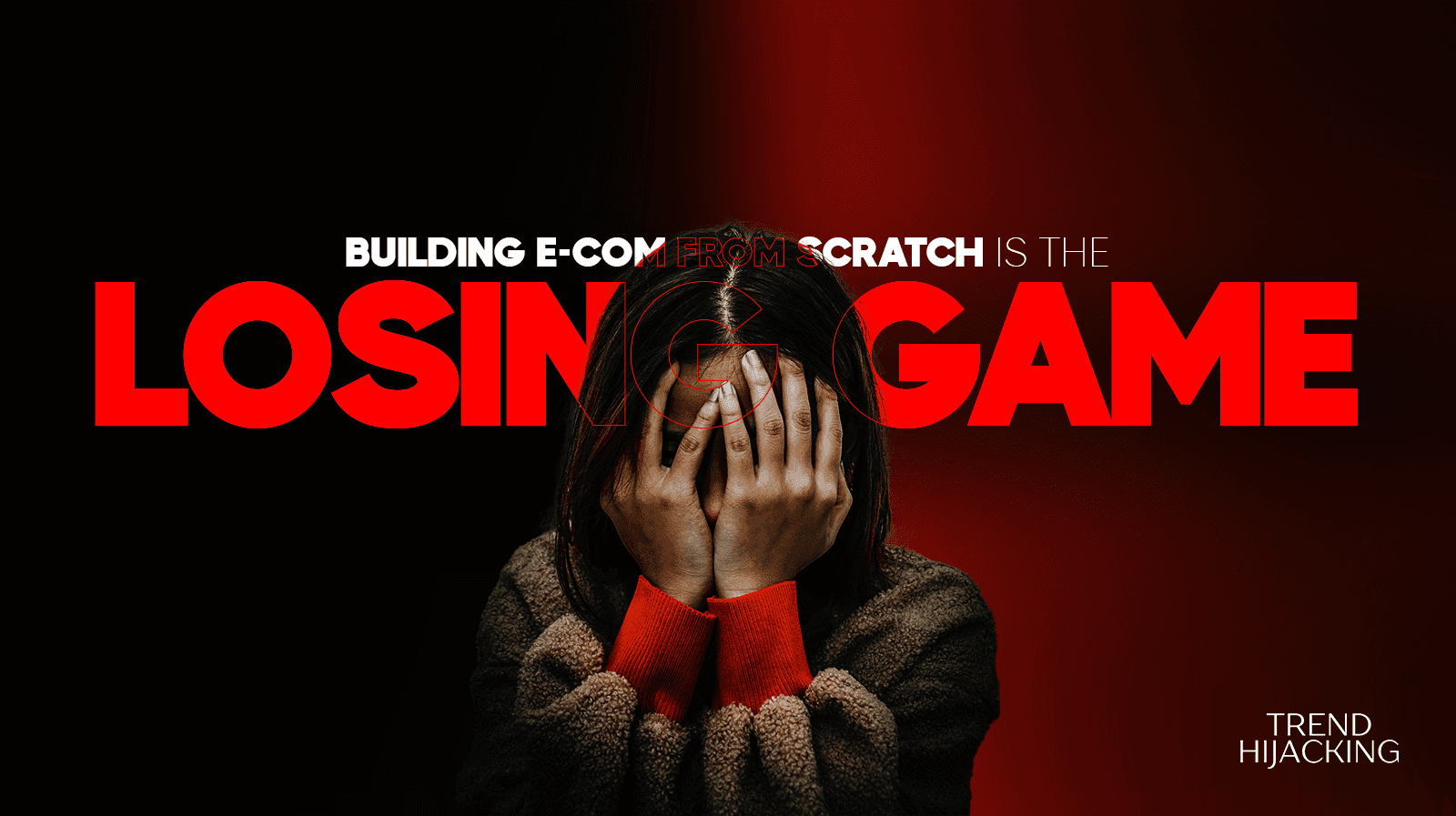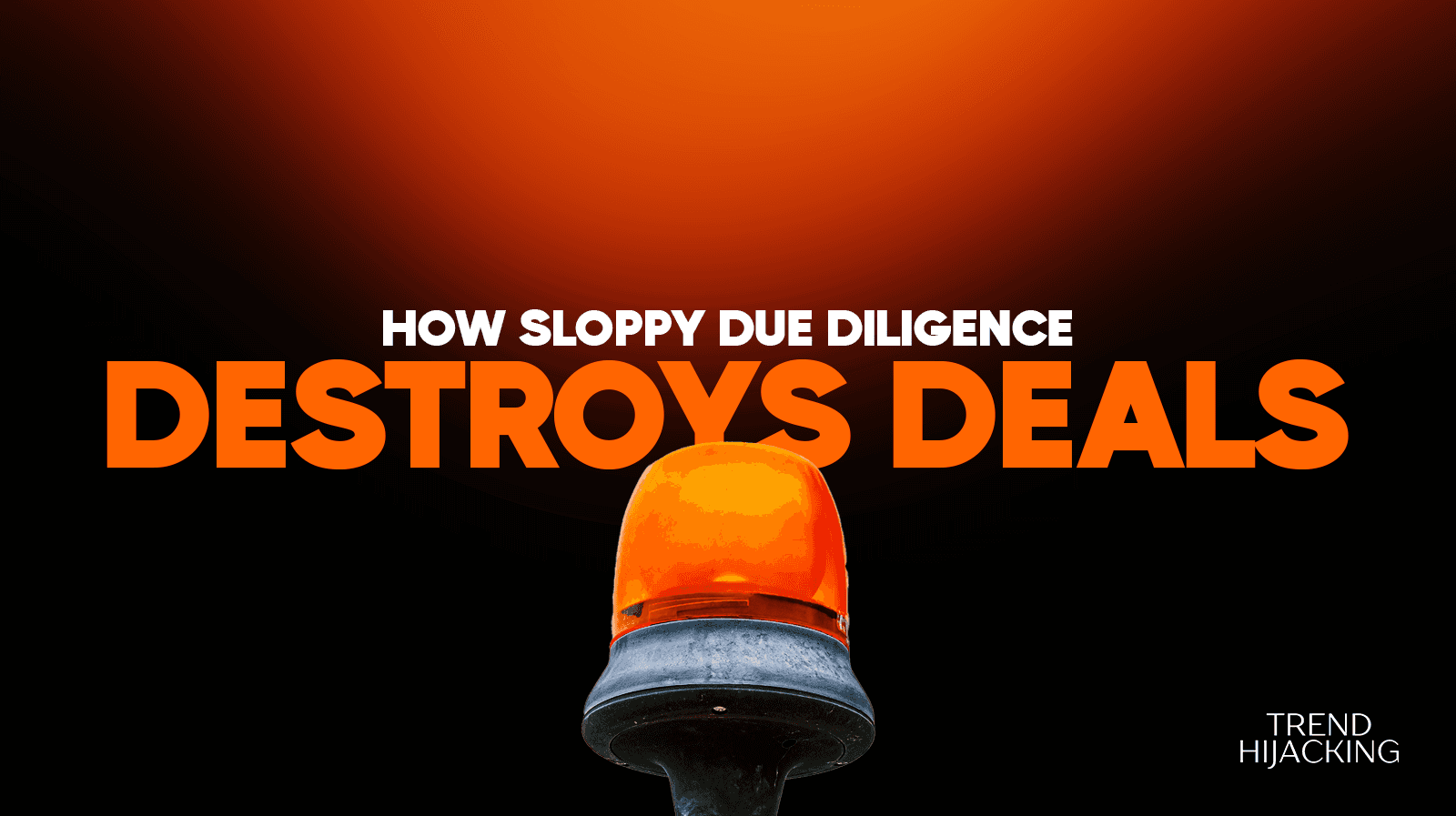How To Buy A Dropshipping Business With Low Risk
Why Dropshipping Appeals to First-Time Buyers

Dropshipping is one of the most suitable online businesses for beginners because it has a low barrier to entry.
You don’t need to rent warehouse space or pay for products upfront.
Instead, when a customer places an order, the supplier ships the item directly to them.
Because of its hassle-free model, many people build small online stores and then try to sell them quickly for a profit.
This makes dropshipping attractive for buyers looking to get started with a smaller budget.
Some stores sell for under $10,000. But that low price doesn’t always mean low risk.
Many buyers end up disappointed because they didn’t dig deep into the business before buying it.
We Help You Buy / Build, Manage and Scale E-commerce Brands for an EXIT
E-commerce Simplified for Busy Individuals – We handle the buying, building, and scaling, so you can focus on what matters.
Growth-Focused Strategies – From sourcing to marketing, we drive growth and prepare you for a profitable exit.
Expertly Managed Exits – We build a high-value brand designed for a Lucrative exit.
Focus on Data, Not Just Design

When looking at dropshipping stores for sale listings, it’s easy to get impressed by a clean-looking Shopify or WooCommerce site.
But a nice design doesn’t pay the bills.
Before anything else, you should ASK for solid data. Start with traffic and revenue. Use tools like Google Analytics to verify the traffic.
Avoid stores that can’t give you access to their analytics. That’s usually a red flag!
If a seller claims the store makes $1,000 a month in profit, ask for proof.
This includes bank statements, Stripe or PayPal reports, and ad dashboards (if they run paid traffic).
According to Empire Flippers’ 2024 Market Watch, over 67% of e-commerce buyers said "verified profit" was the top thing they looked for in a deal.
This is our FREE advice:
Trust the numbers, not the story!
Watch Out for Paid Traffic Traps

Many dropshipping businesses rely on Facebook or TikTok ads to bring in customers. That’s fine. Ads can work.
But they also burn your cash quickly.
If the dropshipping store you plan to buy depends 100% on paid ads, make sure the return on ad spend (ROAS) is healthy.
You want to see a steady or growing ROAS, not one that’s dropping each month.
Also, find out who created the ads. If the seller hired a high-end agency or influencer to promote the store, you might not be able to replicate that after the sale.
Look for stores with stable, self-managed campaigns or some organic traffic.
This goes a long way in lowering your risk and giving you more control after the handover.
Know What You’re Actually Buying

Many listings online don’t clearly say what you’re getting. Always clarify this before making any move.
Are you getting the domain name, email list, social media accounts, supplier contacts, customer data, and ad creatives?
If the seller keeps part of the business for themselves, e.g. supplier relationship or a TikTok account with viral videos, you might be left with just a shell of a store.
Get everything in writing! Use a simple asset purchase agreement.
Even if you’re buying a cheap store, you want to be clear on what is included.
Flippa, one of the biggest online marketplaces, features built-in templates that help protect both sides during small business deals.
Just DON’T skip this step!
Vet The Supplier And The Product

Dropshipping lives and dies on the supplier. If they mess up shipping times or run out of stock, you’re the one who’ll deal with angry customers.
Before acquiring any store, place a test order and track how long it takes to arrive.
Talk to the supplier yourself. Ask them about shipping times, refund policies, and what happens if there are returns.
Also, look at the product itself. Is it a seasonal item? Is it trending now, but might vanish in six months?
Avoid fads like “Halloween-themed toothbrushes” or short-lived TikTok gadgets.
Instead, go for evergreen products that people need all year. This might include phone accessories, fitness tools, kitchen gadgets, or pet items.
Evergreen items help you significantly reduce risk over time.
We Help You Buy / Build, Manage and Scale E-commerce Brands for an EXIT
E-commerce Simplified for Busy Individuals – We handle the buying, building, and scaling, so you can focus on what matters.
Growth-Focused Strategies – From sourcing to marketing, we drive growth and prepare you for a profitable exit.
Expertly Managed Exits – We build a high-value brand designed for a Lucrative exit.
Understand The Store’s Real Workload

Some sellers will tell you the store takes “just 2 hours a week to run.” Don’t take their word for it.
Ask what those hours include: Are they replying to customers, updating products, or managing ads?
Try to break down each weekly task, and ask for screen recordings if possible.
REMEMBER: You’re buying a business, not a hobby. Even if it’s an automated e-commerce store, no business runs completely on autopilot.
Dropshipping stores still need customer service, inventory checks, supplier follow-ups, and ad tweaks.
Knowing the real workload helps you prepare and decide if you can handle it…or if you need help from a freelancer or VA.
Use Escrow And Take Your Time

Always, ALWAYS use escrow when buying a dropshipping business to protect yourself from getting scammed.
Platforms like Escrow.com or the built-in escrow on Empire Flippers are some top options to protect both the seller and buyer.
Escrow is beneficial in that it ensures the money ONLY goes to the seller once you confirm that you’ve received access to everything promised in the deal.
Also, don’t rush the process. Most regrets in buying online businesses come from moving too fast.
If the seller pushes you to close in one day, that’s a red flag!
A good seller will give you time to review the data, ask questions, and even do a video call.
According to a 2023 Flippa Insights Report, stores under $20,000 often close in under 15 days.
The report also notes that buyers who asked more questions and requested seller interviews were far less likely to request refunds or report problems later.
After The Sale: What to Do in the First 30 Days

Once you buy the store, don’t make big changes right away.
We understand it can be quite tempting to make changes that you feel are necessary for your newly acquired business.
But do everything humanly possible to resist that temptation.
Keep the ads, product pages, and emails running as they were.
Use this time to learn how everything works in the business:
Watch the traffic. Track orders. Respond to customers.
Ask the seller for help during the transition (most agreements include 30 days of post-sale support).
After the first few months, you can then start slowly testing new ads, adding more products, or redesigning the site.
BUT… those first 30 days are about learning, not experimenting. Stick to what already works, then build from there.
Buying A Dropshipping Store With Low Risk FAQs:

Here are quick, no-fluff answers to some of the most common questions people ask about dropshipping before buying an existing store:
1. Is dropshipping a high-risk business?
Dropshipping can be a high-risk business if you don’t choose the right products, suppliers, or marketing strategy. Margins for this business are slim, competition is heavy, and customer service can be tricky. However, with solid research and brand building, you can significantly lower these risks.
2. Is it worth it to buy a dropshipping business?
Buying a dropshipping business is worth it if the store has proven sales, loyal customers, and reliable suppliers. Always review traffic sources, profit margins, and legal paperwork before buying. A profitable, well-run dropshipping business can save you months of trial and error.
3. Why do so many dropshippers fail?
Most dropshippers fail because they pick poor products, rely solely on ads without building a brand, and ignore the relevance of leverage and systems. Others tend to underestimate costs or use unreliable suppliers. Success for dropshipping comes from research, persistence, and creating a business that stands out.
4. How much risky is dropshipping?
Dropshipping is moderately risky. You don’t need inventory, so startup costs are low, but competition and supplier issues can lead to losses. How risky dropshipping is depends on your niche, marketing, and operations. Proper planning and testing can help you reduce your chances of failure as a dropshipper.
Final Thoughts
Buying a dropshipping business with low risk is 100% possible if you go in with your eyes open. Be sure to focus on the numbers. Talk to the supplier. Read every report. And don’t let a nice design or high-revenue screenshot blind you. Remember that you’re not just buying a website but a system that needs to make money and grow. The more you understand the system before you buy it, the better your chances of making it work long-term.
If you’re thinking about getting into dropshipping, we can help you acquire an established store with low risk. Afterward, we'll work with you to run and scale it 2–4x, boosting profit margins and setting it up for a profitable exit. If that sounds interesting, you can learn more about how we work together through our Acquisition Partnership Program
A Done-For-You E-commerce Business
Discover how we Build, Launch, and Scale a 6-figure/month Business for You
Learn more
The 6-Step Blueprint to E-Commerce Acquisition
See how we Acquire, Convert, and Scale with Real Case Studies to Prove It.





















